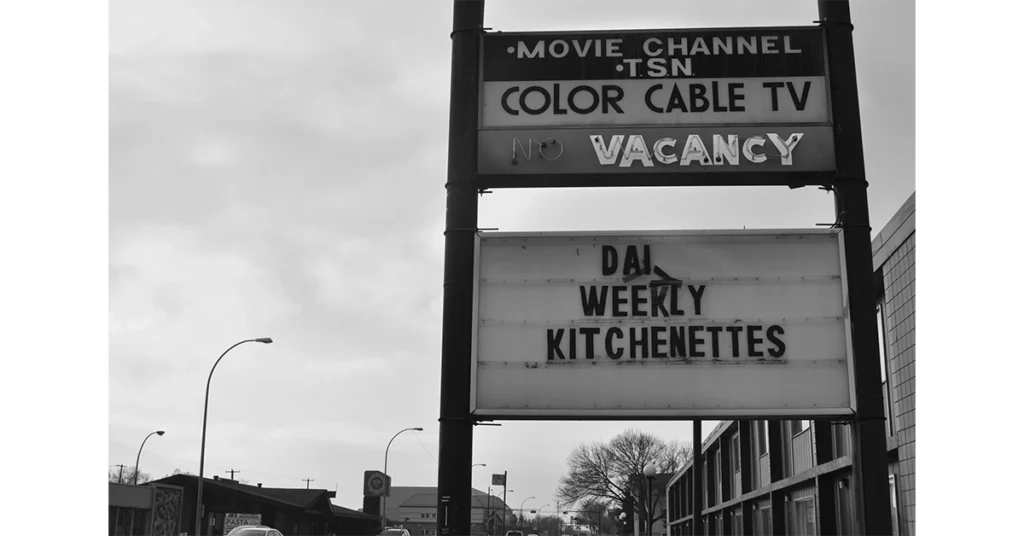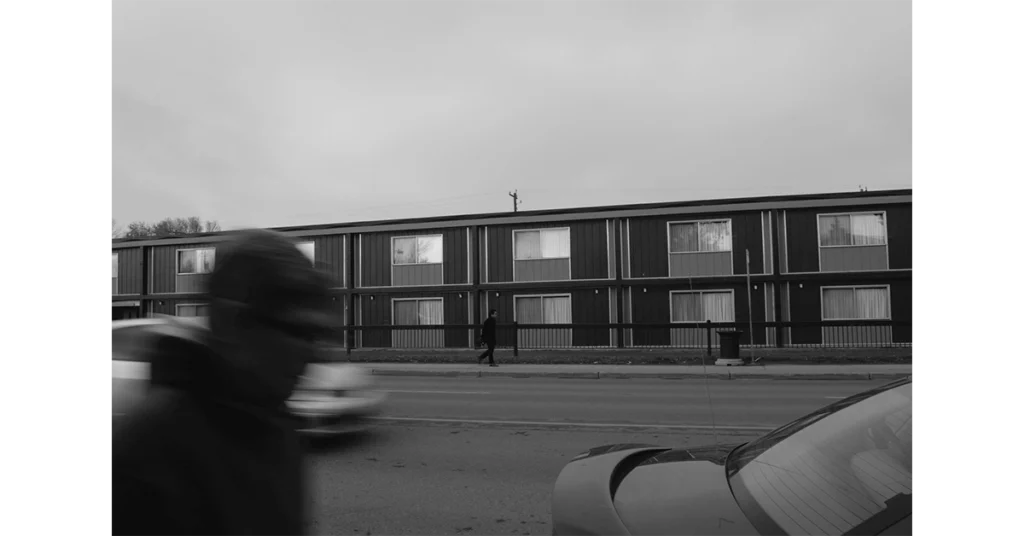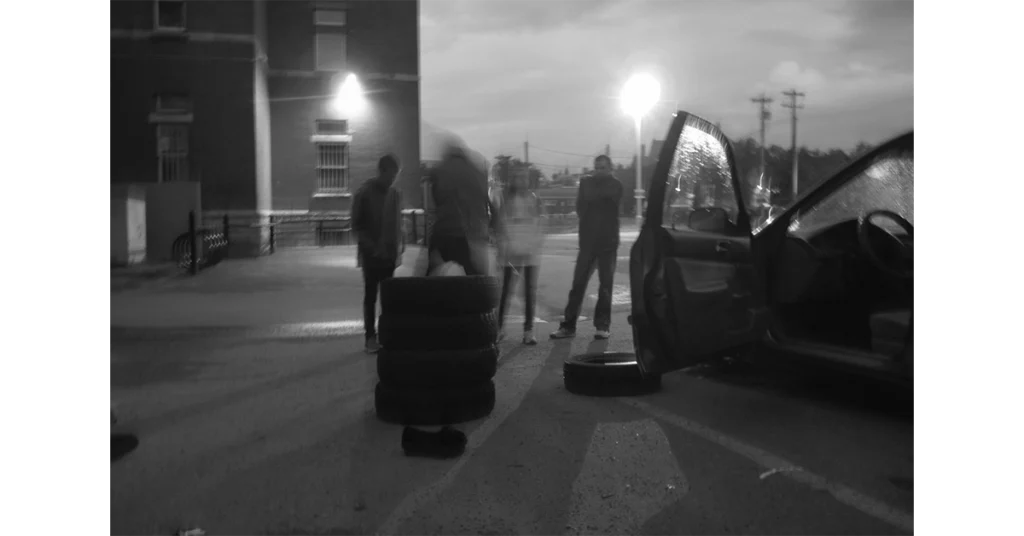Our early years are characterized by a constant need for something to keep the mind busy. Whether playing video games or sports, or practicing an instrument, hobbies are an important part of young folks’ lives.
In a lot of cases, though, kids simply don’t have opportunities available to help them keep themselves busy and out of trouble. In some situations, young people who don’t have constructive ways to occupy their time may pick up negative habits like drug use and involvement in criminal activities.
Organizations such as the Boys and Girls Club and local youth centres aim to give people an outlet for creativity and are an important means of providing youth with tools and opportunities to stay away from potentially harmful influences.
Kids4Cameras is one such organization. It operates by teaching children photography as a means of encouraging them to practice healthy hobbies, as well as helping them to re-enter society if they’re standing on the fringes.
“Kids4Cameras, officially, was born in December 2014 as a non-profit. But it has its origins way back,” organization co-founder Inna Morgan says.

When she started working with professional photographer and fellow co-founder Jacob Bos, Morgan’s initial goal was to turn Bos’ fledgling volunteer work — teaching photography to at-risk youth — into a formal organization. Bos had already been working with kids on the streets for years, so the transition to a structured organization wasn’t very difficult.
“(Bos) would go in and just mentor and offer photography lessons to people who were interested,” Morgan says. “He really saw that it was something that the youth were very interested in, and … (it) was something they could get behind.”
Although there are other programs operating in a similar fashion to Kids4Cameras, Morgan says there are a few things that separate their organization from the rest.
“One of the things that’s unique about us is that we go to where the kids are,” she says. “We don’t have a space where we sort of expect people to show up.”
Morgan believes the practice of bringing the program’s volunteers to spaces familiar to the kids allows everyone to meet under more comfortable circumstances, levelling the playing field and “creating the initial safe space” for facilitating comfort and trust.
One of the familiar spaces the program goes to is the east-side Boys and Girls Club.
Susan Beckett is the community programs supervisor for the location. At the time when Beckett took up her position, a partnership between her organization and the program was in the works. Through her experience coordinating with Kids4Cameras, she has found its effect on young people to be a positive one.
“(The kids) are really proud of the pictures they take,” Beckett says. “They come into my office all the time to tell me about how they got this really cool picture outside, or they got this really cool action shot, and they want me to come and see it.
“They’re just really proud of what they’ve learned, and what they’re able to accomplish.”

The ability for photography to improve the lives of at-risk youth could very well stem from what the medium can teach the amateur photographers about themselves. Beckett believes the subjects the kids choose to take photos of say a lot about their personalities.
“It helps us to get to know them better, and it helps them get to know themselves better,” she says.
This interest in photography is something that, according to Morgan, comes from the way the art form has allowed those who take part in the programming to “explore the world around them a little bit differently, (and) to tell their story a little bit differently.”
Bringing cameras to youth centers and teaching workshops are not the only services the organization offers. There’s also an element of mentorship. To a certain degree, working with the youth on their photography skills serves as the important first step in building a bridge to understanding some of the issues they’re working through.
“We’re not social workers, but we direct people to avenues where they’ll maybe be well taken care of,” Morgan says. “One of the next steps of the photography program is to act as a navigation service and help people reach other resources that they would need.”
Volunteer Patrick Michaud is one example of how the program can help point people in the right direction.
“My first involvement with Kids4Cameras was actually as a Kids 4 Camera,” says Michaud.
It all started when Bos lent Michaud a camera.
“When I returned the camera, (Bos) said, ‘That’s pretty much this organization I’m starting.’” Michaud says Bos planned to put cameras in the hands of kids who, like himself, had no other means of gaining access to them.
Michaud believes the presence of organizations like Kids4Cameras can’t be understated, given his own experience as an at-risk youth. His background has allowed him to identify and recognize problems some kids may be facing, and to realize how empowering the medium can be to someone facing these problems.
“To give (youth) something that gives them a voice, and gives them a reason to pursue art or pursue something greater than themselves – greater than the situation they find themselves in – is something that I think is vital to the society that we live in,” Michaud says.

Like many other up-and-coming organizations, Kids4Cameras has a few snares to overcome.
Morgan says the largest challenge she and her team face is too high a demand. Due to the program’s success, more boots on the ground are needed to keep up with the calls from youth centers around the city. For those who are interested in helping, though, Morgan says there are multiple ways of doing so.
“We’re always looking for new partners, and we’re always looking for volunteers in a variety of different ways,” she says.
“Whether you’re a photographer, or whether you’re into curating art shows, or whatever it might be … we’re very open to everything.”
Michaud has similar thoughts on the matter. “We don’t have enough cameras for our kids,” he says.
He explains that, for those who are willing to give up their old or unused cameras, the organization is more than happy to take them. To people who decide to help out in this way, Michaud wants it to be known exactly where the old cameras are headed: “You’re giving it to be put in the hands of a child.”
If there’s anything that can be taken away from the existence of organizations such as Kids4Cameras, it’s this: sometimes, all it takes to keep a kid out of trouble is a tool for personal expression and a listening ear to let them know they’re being heard.
All photography supplied by Kids4Cameras. Cover photo by Michael.





0 Comments